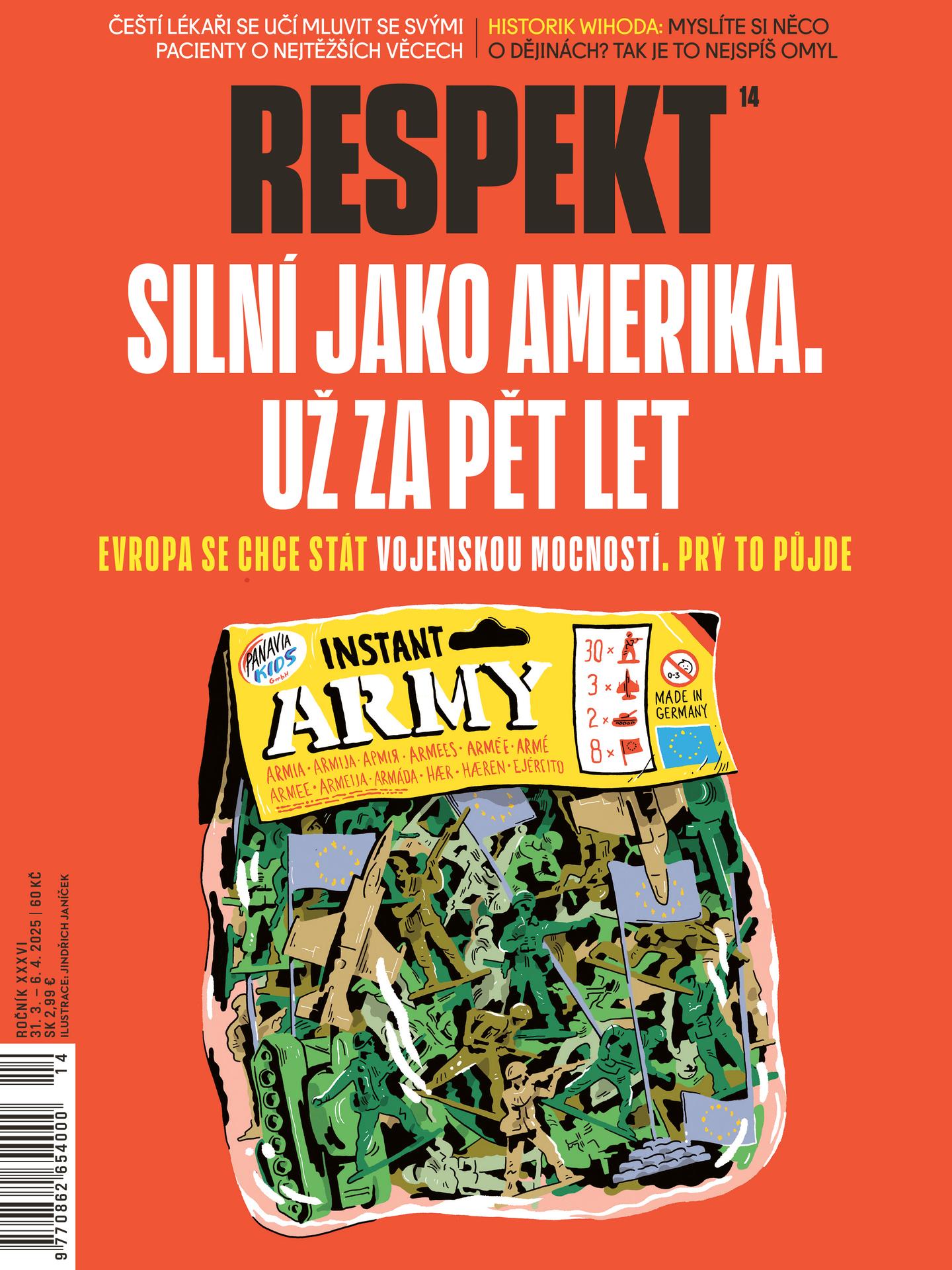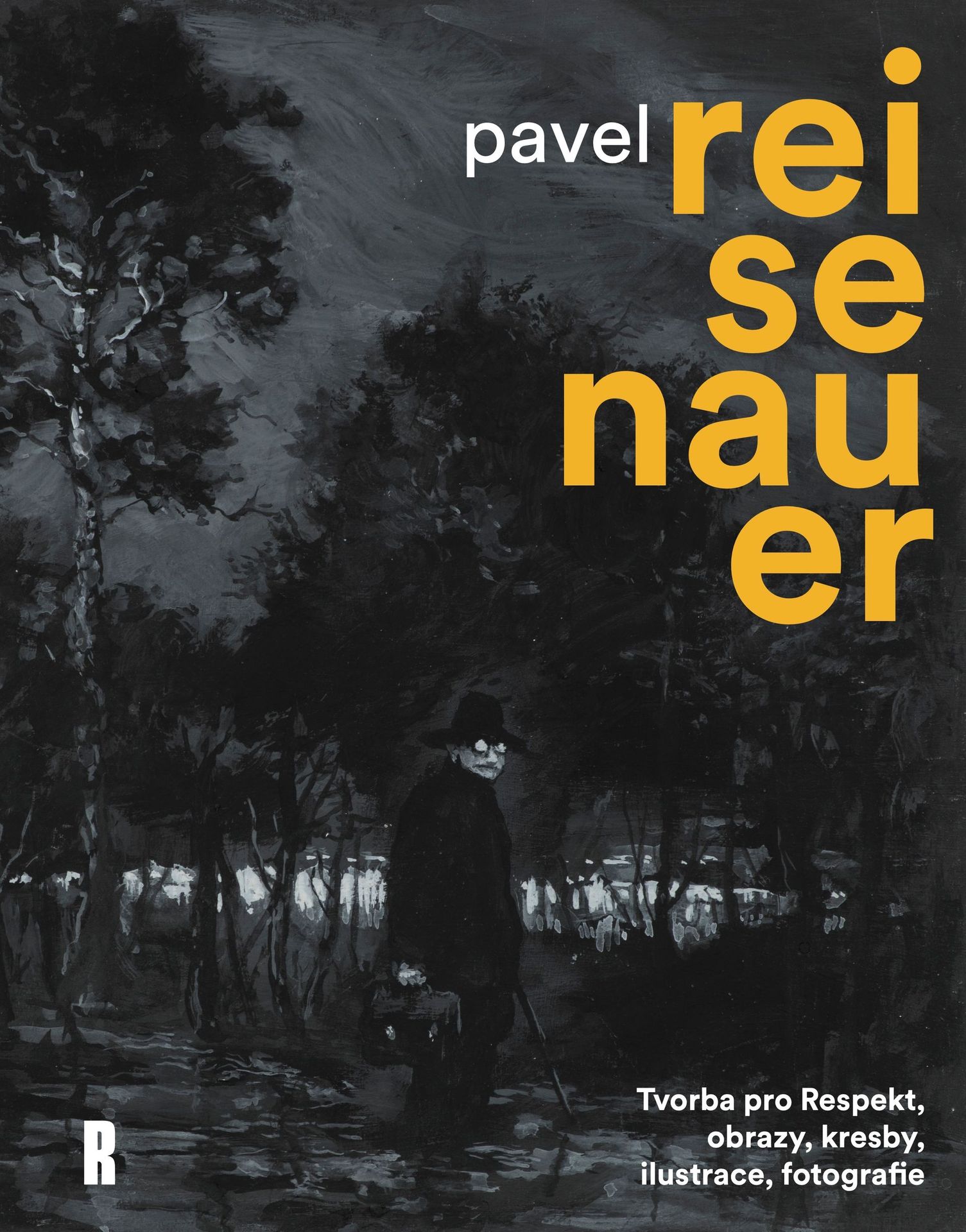Then Sona Turned Up
Armenian war veterans are learning how to walk again in the Czech Republic
Although office hours are over at the rehabilitation clinic in the village of Zruc-Senec near the Czech city of Plzen, things are rather lively there. Desserts are on the table, music is playing, and people are chatting cheerfully. We’re not witnessing some kind of private rebellion against the government’s pandemic restrictions, though. Everything is being done according to the rules, everybody is wearing a respirator, the number of people here is within allowable limits. What we are seeing is the informal prelude to a hard training session about to get underway.
The session's main characters are three young men who met only recently and who are now inseparable friends. Sargis, Noryar, and Aram recently experienced the same thing in different parts of Nagorno-Karabakh. During the 44-day war between Armenia and Azerbaijan [last fall], in one of the most explosive locations in the world, they came under crossfire, or a grenade or a mine exploded in front of them, and each of them lost some part of his body.
In their native Armenia they would have to wait many long months for prostheses, and nobody knows what the quality of the equipment they might eventually get would be. That dilemma is one they have not had to resolve, though. Last November, Sona Vardanyan – a hairdresser in Prague of Armenian origin with the face of a supermodel, who settled in the Czech Republic with her family in the 1990s – offered the three young men a better prospect. She had experienced war as a young child, and when a new round of conflict began in her home country, she decided that she could not just enjoy the luxury of her Prague safety, but must try to aid the victims of the war somehow. Now, she is following the fruit of her efforts at the clinic near Plzen, and for several months she has been living for nothing else than the attempt “to give the boys a chance to once again experience what is a matter of course for all of us – to walk.”


A New Start
Sargis Fidanyan, 23, is the guy in the gang of three who appears to be the most comfortable with the session. He was the first to arrive in the Czech Republic, at the beginning of March, and has had a prosthesis on his left leg for three weeks now, and unlike the other two young men, he is managing his basic mobility excellently. Today another challenging goal awaits him, though – walking on stairs. He goes for it self-confidently and quickly climbs up the staircase. With the exception of one misstep, he fights his way forward without any major problems, but the way down is worse.
“Don’t rush headlong, pay attention to shifting your weight. The leg first has to bend at the knee, then take the step slowly, and you should definitely hang on to the banister,” a trainer advises. Her words are interpreted, Sargis listens, and makes the attempt again – and does better. His mother is filming it all on her phone. When he next makes another misstep, she is startled and catches her breath, but nothing dramatic happens.
Sargis pauses too, and once he has successfully made it to the bottom of the stairs, everybody applauds him. He doesn’t pay much attention to that, but wants the trainer to repeat the exercise – again and again. “Soon I would like it not to be noticeable that I have a prosthesis at all,” he tells me during a break in the session. He was sent to the front last fall and was at a post with two other men. He fired his weapon and most likely killed several soldiers on the Azerbaijani side.
Fire was returned to his position and before he could take cover, a grenade exploded in front of him. “I heard the shouts of my friends – and then they fell to the ground, dead. After that I felt pain, the explosion had torn off a piece of my leg. I prayed and hoped I would not die,” Sargis recalls. He was transported to one hospital and then to two more. The doctors did their best to save his limb, but it became severely inflamed and there was the danger of sepsis, and finally they had to amputate. “Our family could never have afforded to buy a prosthesis. Then Sona turned up,” Sargis says.
On 27 October 2020, when the old conflict broke out once more, it was nothing new to Sona Vardanyan. Many years ago she herself followed the course of the war on the spot in Armenia. Later, she and her parents emigrated to the Czech Republic, where they had friends, and followed the reverberations of the conflict from a distance. This time, however, one thing was different; on the day after the first shots were fired last fall, a good friend who runs a little nonprofit called Armenian Mothers called Vardanyan and she became directly involved with addressing the consequences of the violence. “She told me that she had 250 children between the ages of three months and 16 years from Nagorno-Karabakh, that some of them had COVID-19, that they had no parents, and that they could not make it across the front line. It was a brief but clear phone call in which she asked me for financial help so they could live somewhere and eat,” Vardanyan recalls. “During the war in 1992 we had no electricity, no water, not a lot of food, my cousin and other relatives died. Now I have two young children and I am living in peace. Suddenly it was clear to me that I had to do something. I picked up the phone and began calling friends to see if they could contribute something.”
The first aim was to find foster families for the children. Then, however, the idea won out that they could live together in a hotel and feel more or less like they were away at camp. Vardanyan was quite urgent about convincing sponsors and eventually managed to put together about 150,000 crowns [$6,900] for basic needs for the children (buying food, for example, from a wholesaler who offered the best prices).
The First Four
Vardanyan's friends describe her as almost never sleeping during that time and say she lost 10 kilograms because of the stress over what was happening in her home country, but she was mainly thinking about what to do next. Shortly after the war ended, she decided to see things for herself and went to Yerevan with her partner.
“It was a gray city, full of refugees and sadness. I visited my friends, I went to hospitals, and it occurred to me that the injured soldiers were the most directly afflicted. Young boys around 20 years old who’d lost one leg, or both, or had an arm torn off,” she says.
That was when it occurred to her to start a nonprofit organization as a platform for delivering aid. She called it Give Me Hope and focused on soldiers in particular. “An entire generation that is supposed to hold up the state so it survives, that is supposed to have children – they are in great destitution. I wanted to help them get back on their feet and assist my country in that way,” she explains. “Younger children will grow out of this, they will forget about it, but not these young men.”
The head physician at a military hospital helped her find disabled veterans, and began interviewing them. “What I wanted to know was whether they wanted to keep studying, to do interesting jobs. The prostheses are meant to represent the start of a better life for them. It will be up to them,” she says.
As with the child refugees, raising enough money would be crucial in this case as well. For this, Vardanyan took advantage of her strongest asset – her hair salon and its established clientele. In addition to her usual customers, contacts in the Armenian diaspora in Prague helped bring in others to get haircuts and permanent makeup or to use her other services in order to aid the injured. She didn’t give the haircuts herself, but her coworkers pitched in and they hired other hairdressers as well.
Vardanyan held similar events in Brno and in Usti nad Labem, publicizing them in advance on social media – and the response surprised her. “We were on our feet from seven in the morning to midnight, there was enormous interest, everybody wanted to contribute as much as they could,” she says. The money raised covered the purchase of prostheses for three men during that first phase, and a fourth arrived in the country a week ago. The Ottobock clinic near Plzen offered a helping hand, cutting their usual rates by one-third.
Armenia and Azerbaijan signed a ceasefire last November, and for the time being the 2020 clash is still the most recent episode in their tussle over Nagorno-Karabakh. That enclave is internationally recognized as part of Azerbaijan but has been administered by an ethnic Armenian administration since Armenian forces took the territory during the war between the two countries in the mid-1990s. The 2020 ceasefire was brokered by Russia with Turkish assistance and marks a turning point in Azerbaijan’s favor. Armenia has had to give back roughly half the territory of Karabakh.
In practice, this means great progress in settling a conflict which had been frozen for a quarter-century. Azerbaijan is acquiring, for the first time, actual control over a big part of Karabakh territory. The future of the Armenians there is uncertain.
“When we began living here [in the Czech Republic], my dream was to become a journalist, but I never mastered the language well. I ended up cutting hair, I really enjoy it, but in what I’m doing now, I have found a new, deeper purpose in life,” Vardanyan says. “Almost 200 men lost legs in the conflict. A couple of them are here in the Czech Republic now, and I definitely want to continue with this.”
Translated by Gwendolyn Albert. Vychází ve spolupráci s TransitionsOnline
Pokud jste v článku našli chybu, napište nám prosím na [email protected].



















